“Food brings people together on many different levels. It’s the nourishment of the soul and body; it’s truly love.”– Giada De Laurentiis
I first heard about this kitchen contraption called Kundi-Dhoko while documenting the Vadi/Mungodi/lentil dumpling-making with Jigishaben. Kundi meaning a small tub and dhoko for a baton, is a rarity now. I was told that the apparatus is hard to find because the demand for it has substantially gone down!! The artisans who made these Kundi-Dhoko are not making it anymore as dwindling demand made them switch professions. Traditionally, the batter for vadi, wada etc. was never gound in a mixer grinder, but in the Kundi Dhoko resulting in a fluffy batter that gave light Vadis!!
Fast forward a year later, I have a message in the Facebook inbox from one of my brand new followers, appreciating the blog and the efforts in documenting our collective culinary heritage. The message was from Pinky Jhaveri who wrote, “My mum is a very good cook and growing up all my friends loved coming to my home for food. My siblings and I try to continue many of her traditions. My mum still uses black Kundi and Dhoko to grind the dal for Dal-wada and needless to say her Dal-wada are to die for. She managed to bring one to the US (wrapped up in clothes for cushioning) in her hand baggage. We make Dal Wada, Dahi wada, Chora Methi na Dhokla, Panori and of course Chora Vadi batter in Kundi and the results are significantly better.” I couldn’t resist asking Pinky if she would help me document it?? A month later I was in the kitchen of Niranjanaben (Pinky’s mother) to learn more about Kundi -Dhoko and her infectious love for cooking.
I love the fact that food, as my new found language, is enabling me to reach individuals and families who are passionate about their culinary heritance, home-cooked foods, food traditions and food-centric annual rituals. It was an absolute privilege and pleasure to be in the kitchen of the very warm and gracious Niranjanaben. We had decided a cookout of Dalwada and Dahiwada – the two epic farsans of Gujarati cuisine. Both, eaten on different occasions. The Dalwada are enjoyed piping hot on a rainy day while the Dahiwada makes a meal in itself or are part of the main meal. Niranjanaben was to demonstrate the use of Kundi-Dhoko in grinding dal to prepare the batter and why she refuses to switch to any other electric gadget to grind the dals. In the kitchen, the first thing that attracts attention is the Kundi nestled in a ring, sitting over the counter. A scooter-tyre is repurposed to cradle the deep, bowl-like kundi. The knee ailment prevents her to sit on the ground, hold the kundi between her feet as she grinds the dals. Hence, this ingenious arrangement is worked out. Niranjanaben continues to discuss the advantages (ones that I was to taste later) of using the kundi and gets the task in motion. In the kitchen she works at ninja speed, she adds the dal in the kundi and begins to rotate the dhoko. All while she keeps talking (not at all losing her breath) and demonstrating the correct way of grinding the dals. ‘The Kundi is made of clay and studded with tiny pebbles. The dhoko, shaped like a wooden pestle is light in weight. Had the dhoko been heavier it would have damaged the kundi. The skill is in the way you rotate the dhoko. The grinding process does not require our bodyweight but, swift rotations. There were a rhythm and agility in her actions. The dal grinds as it gets rubbed to the pebbles studded to the kundi bottom. This rotating movement simultaneously aerates the batter. It is an effort, but more so it is a skill. The grinding took less than 15 minutes. While she was still grinding, she instructs her daughter-in-law Dr. Mansi to place karahi full of oil was on medium heat. As the duo worked in complete synchronisation with each other. By the time the batter was ground, seasoned and spiced, the oil had reached the required temperature, one by one the Dahiwada were dropped in hot oil. Once dropped the wada immediately rise to the top, all ballooned up with the air that was incorporated during the grinding process. This is the reason Niranjanaben, her daughters, son and daughter-in-law refuse to use a mixer-grinder. The batter prepared in mixer-grinder can never yield such a result. These days Niranjanaben is excused from the task of grinding the dal as her son now shares these chores. Both, the Dalwada and Dahiwada were outstanding, with a crispy exterior and melt in the mouth texture. They were Perfect.
I love how the desire to eat good food has kept these family connected to their roots and cling to the traditional food practices. While in her kitchen I learnt so much as Niranjanaben who shared how she plans her annual food storage and cooking. The masalas are still hand pounded, the vadi-papad are always handmade as Niranjanaben and her sisters come together and share the workload. Pickles are made using the best ingredients and practices. No shortcuts are adopted and the family members share the responsibilities.
“It is not just the food that tastes better if made the traditional way, even the ingredients last longer and retain their flavours for a very long time if they are processed the traditional way!!” Niranjanaben makes her food with immense love and pleasure and serves it with equal joy. I had noticed that the smile on her face while she was engaged in grinding the dals never went amiss.
“The reason it tastes good is that my food is seasoned with love and care!!” a lot of us in coming times might be unable beat this response by Niranjanaben!!
These days when I get boggled by the argument against cooking and the need to get into the kitchen, cooking being an enslaving activity, why cook when you have the convenience of takeaway … I often argue what if our mothers, grandmothers and women before them had refused to get into the kitchen??
I have invited myself in Niranjanaben’s kitchen to learn more of her fantastic foods!!
❤️
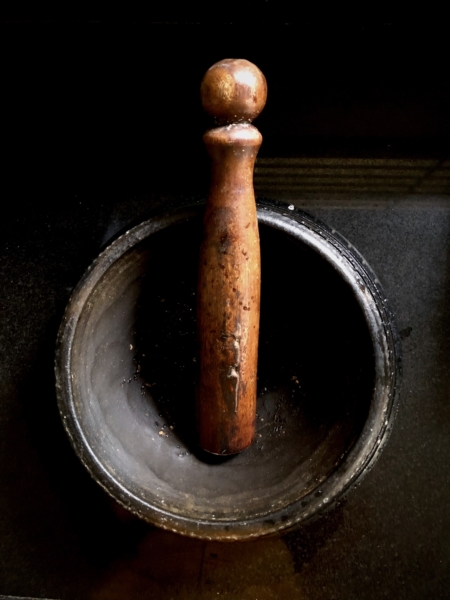
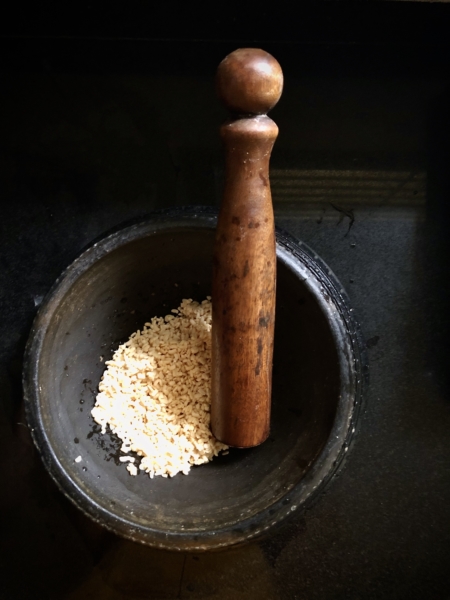
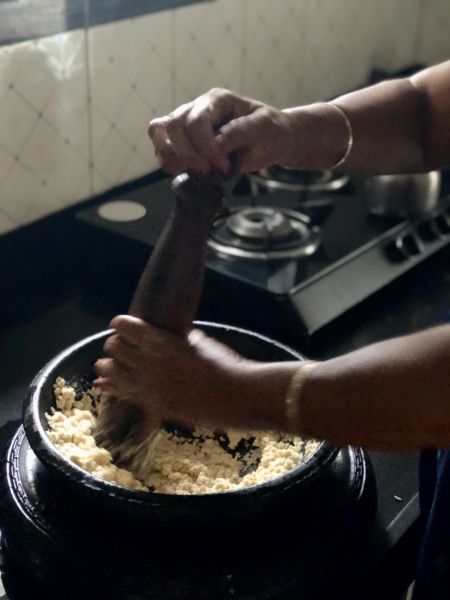
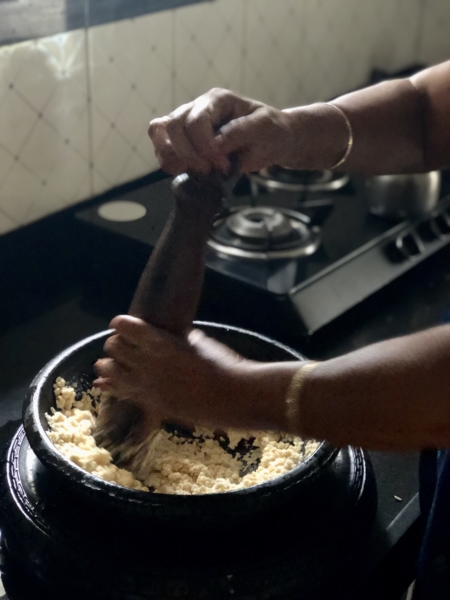
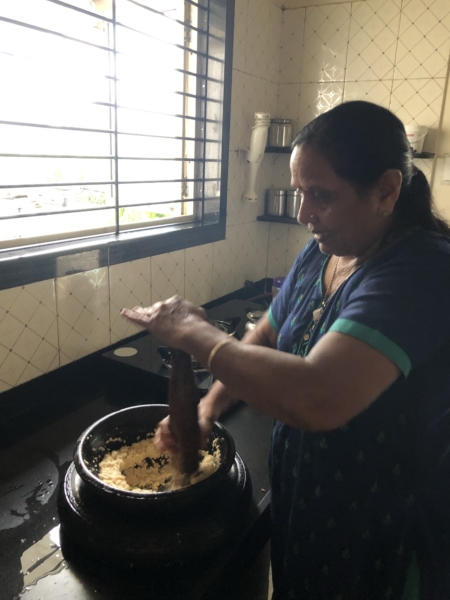
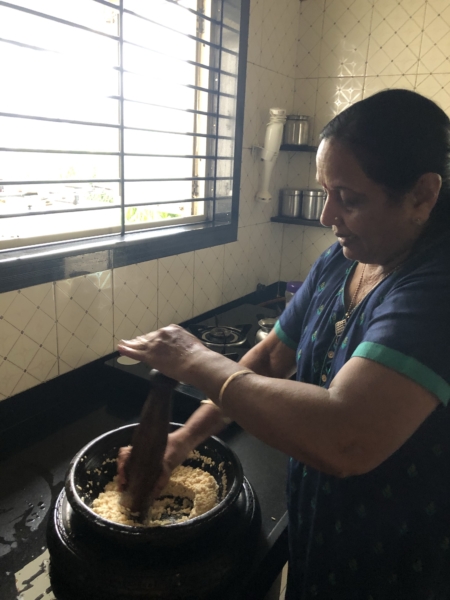
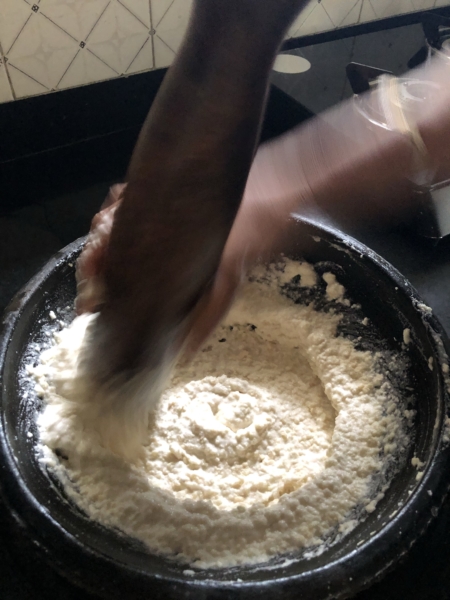
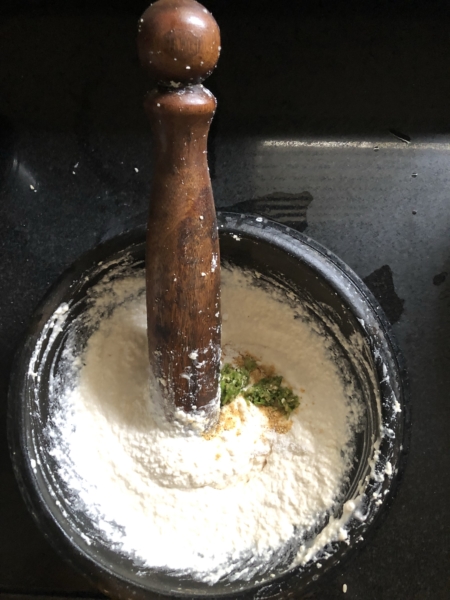
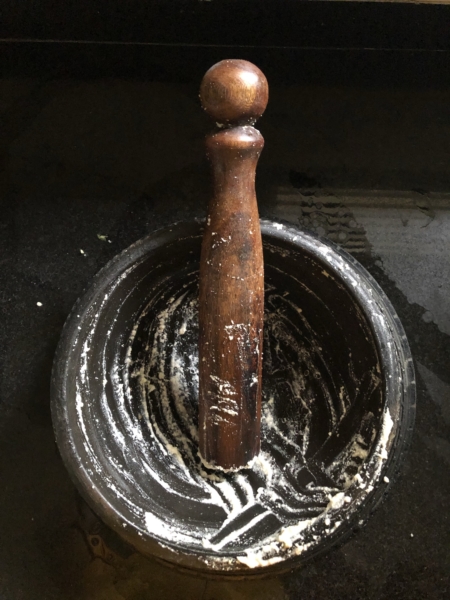
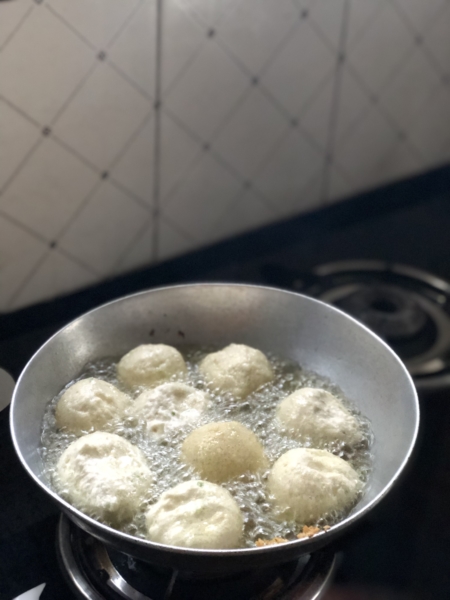
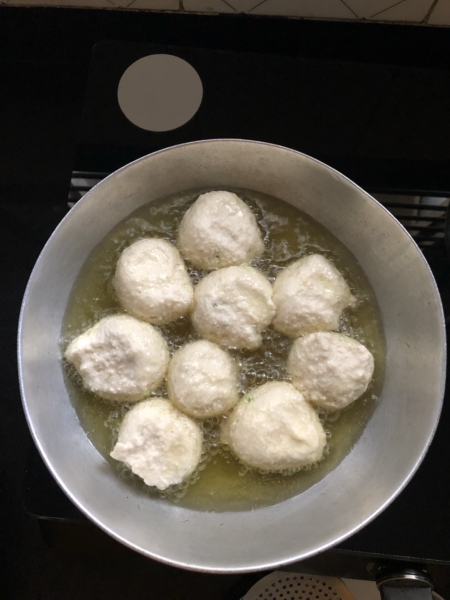
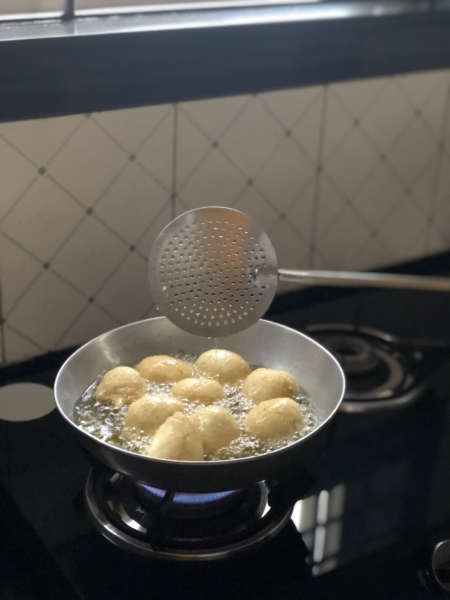
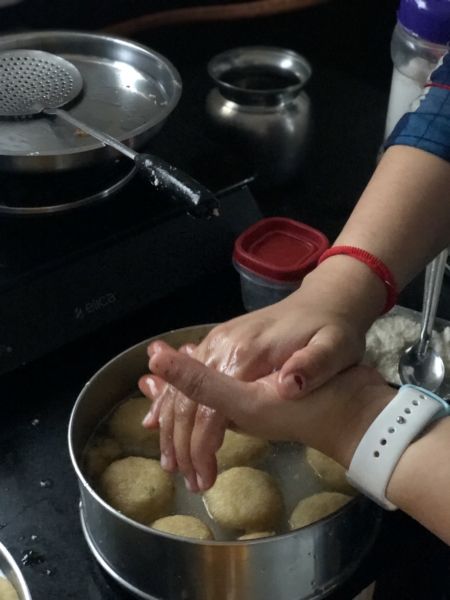
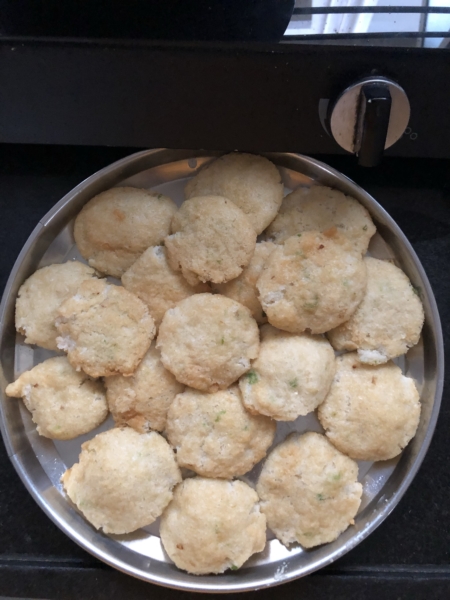
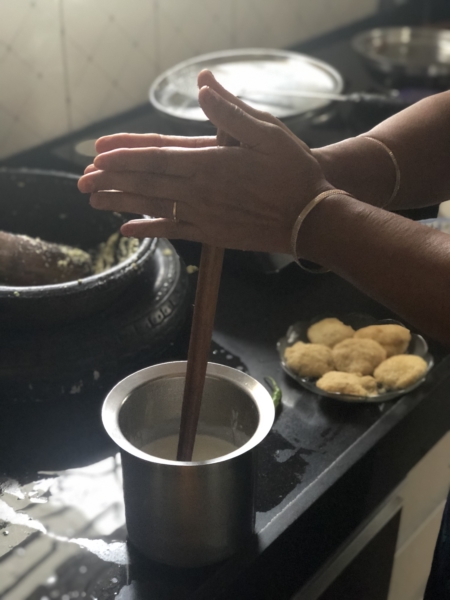
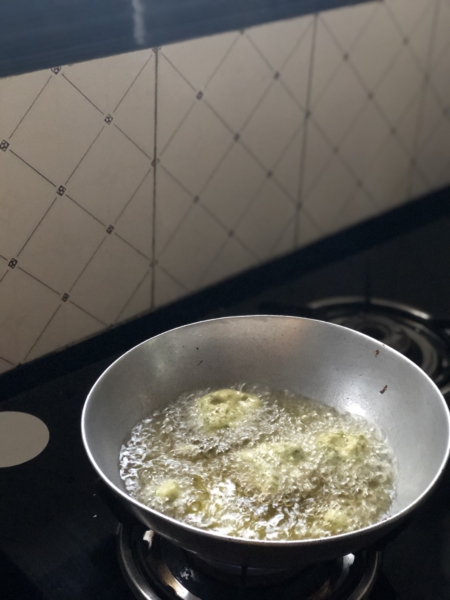
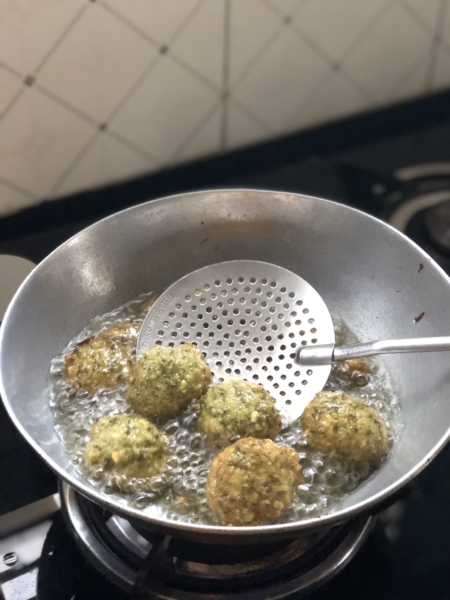
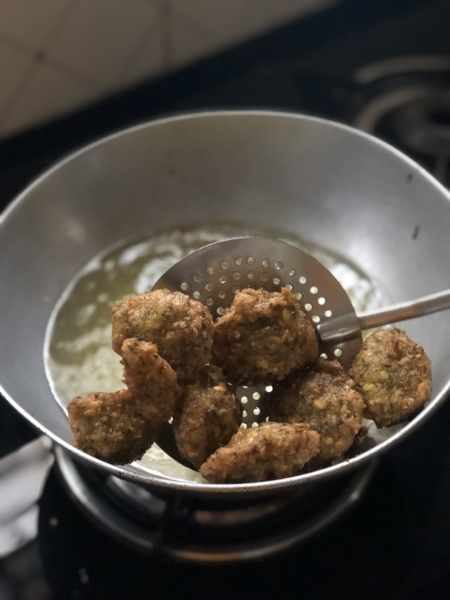
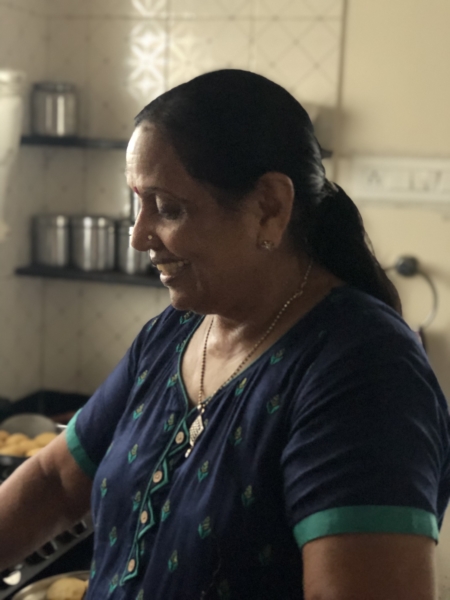
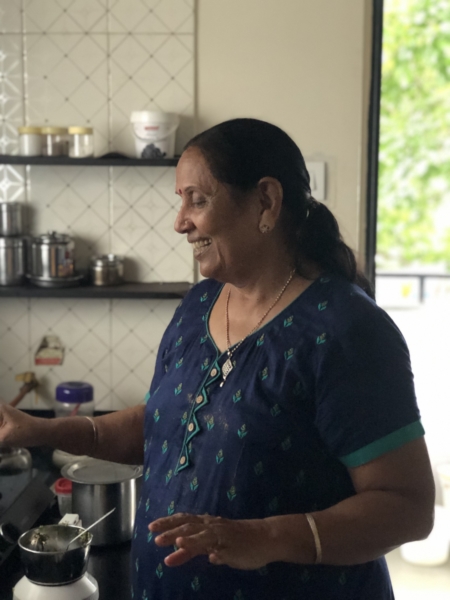
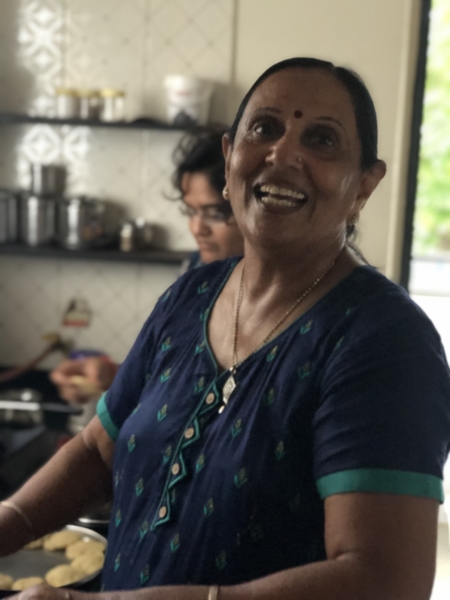
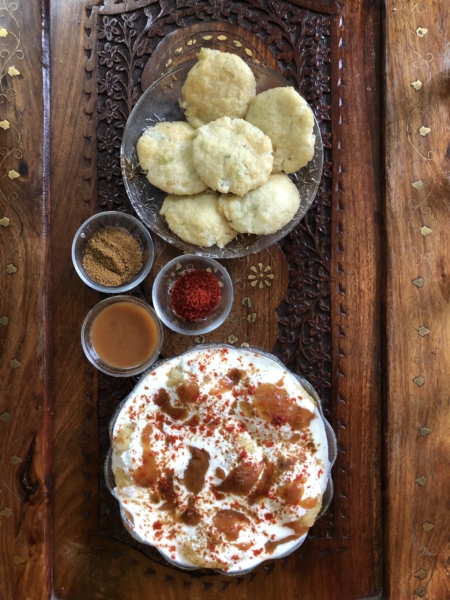
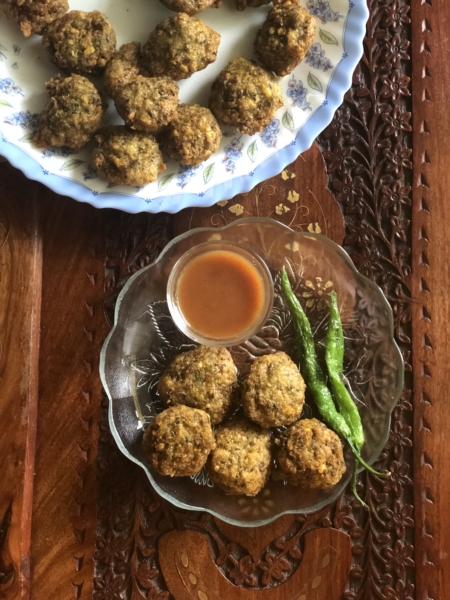

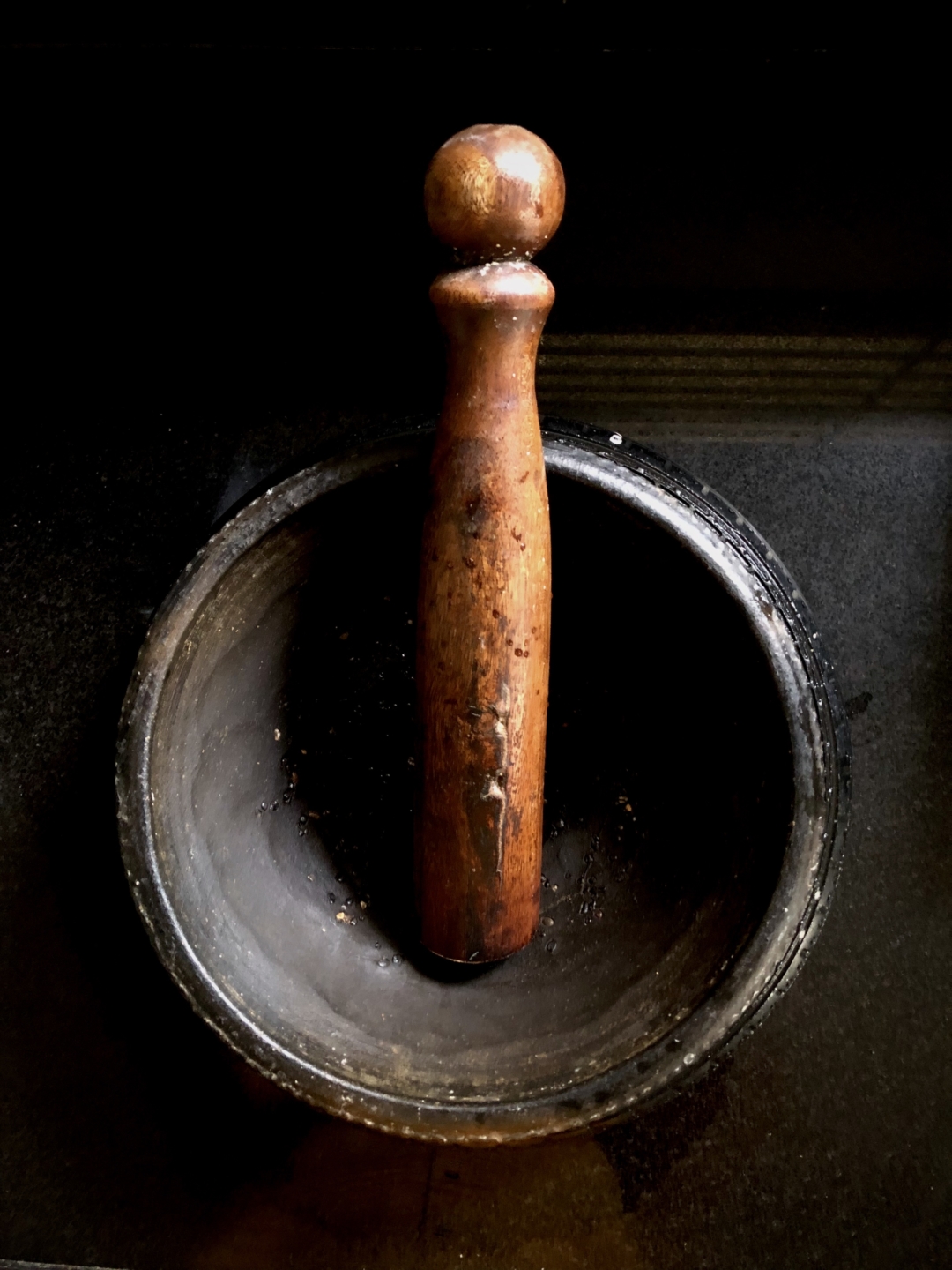

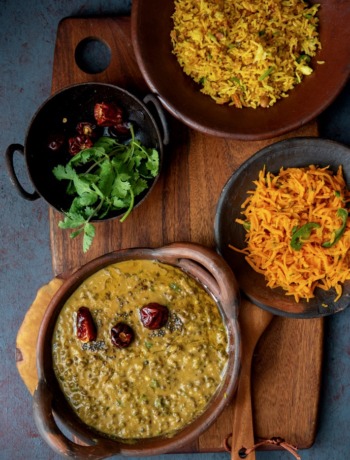
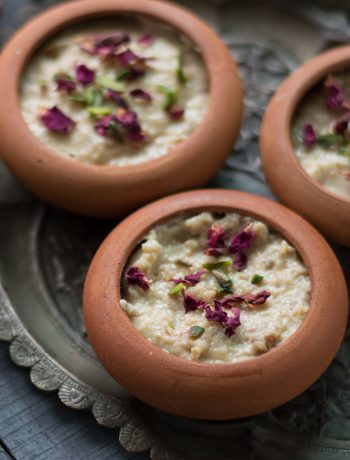
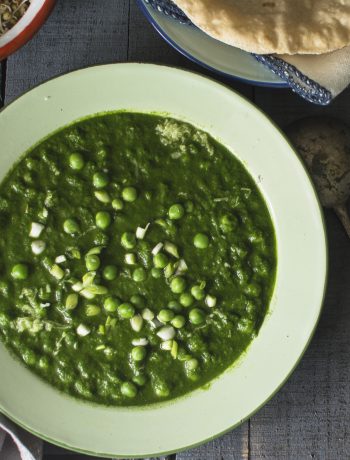
2 Comments
Dhara
July 30, 2020 at 3:18 pmAmazing even i use it for making chutney
Sheetal
August 22, 2020 at 6:19 amI was amazed too with this contraption. Chutney in this is something new for me!!